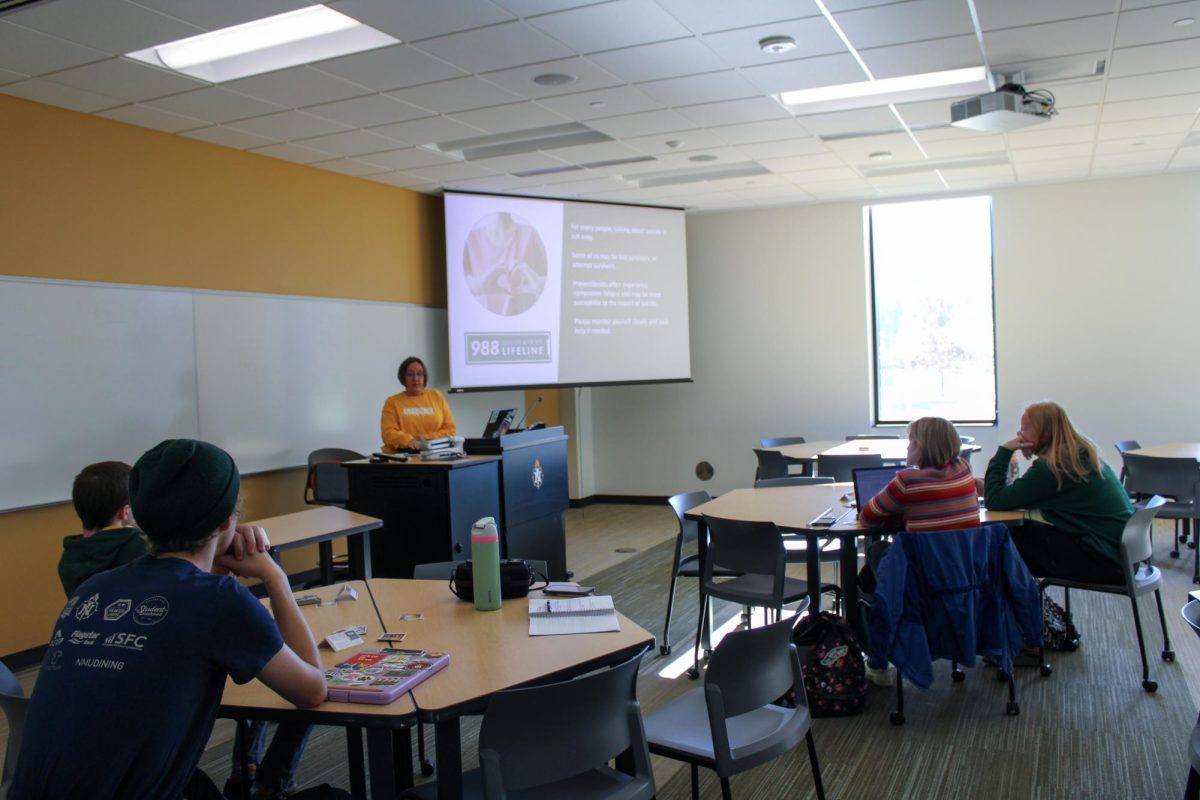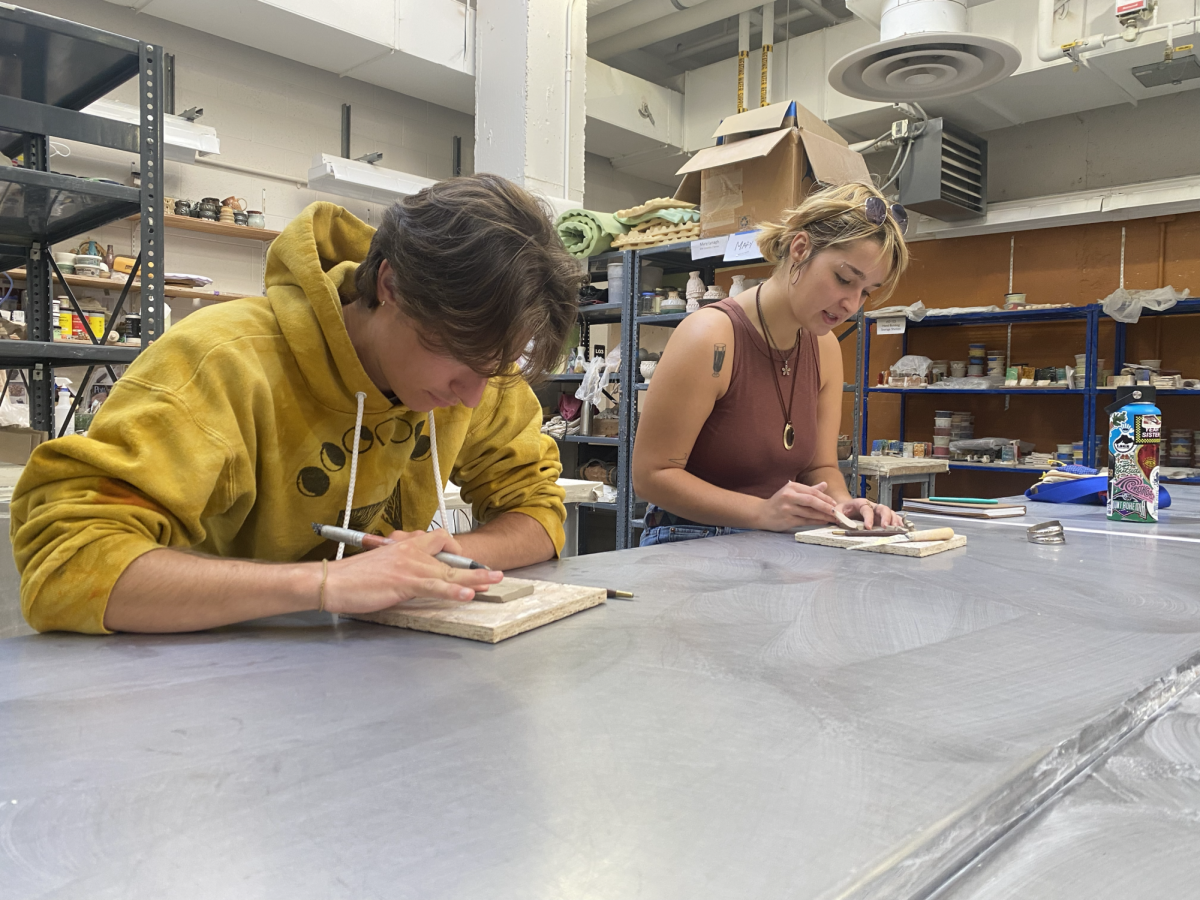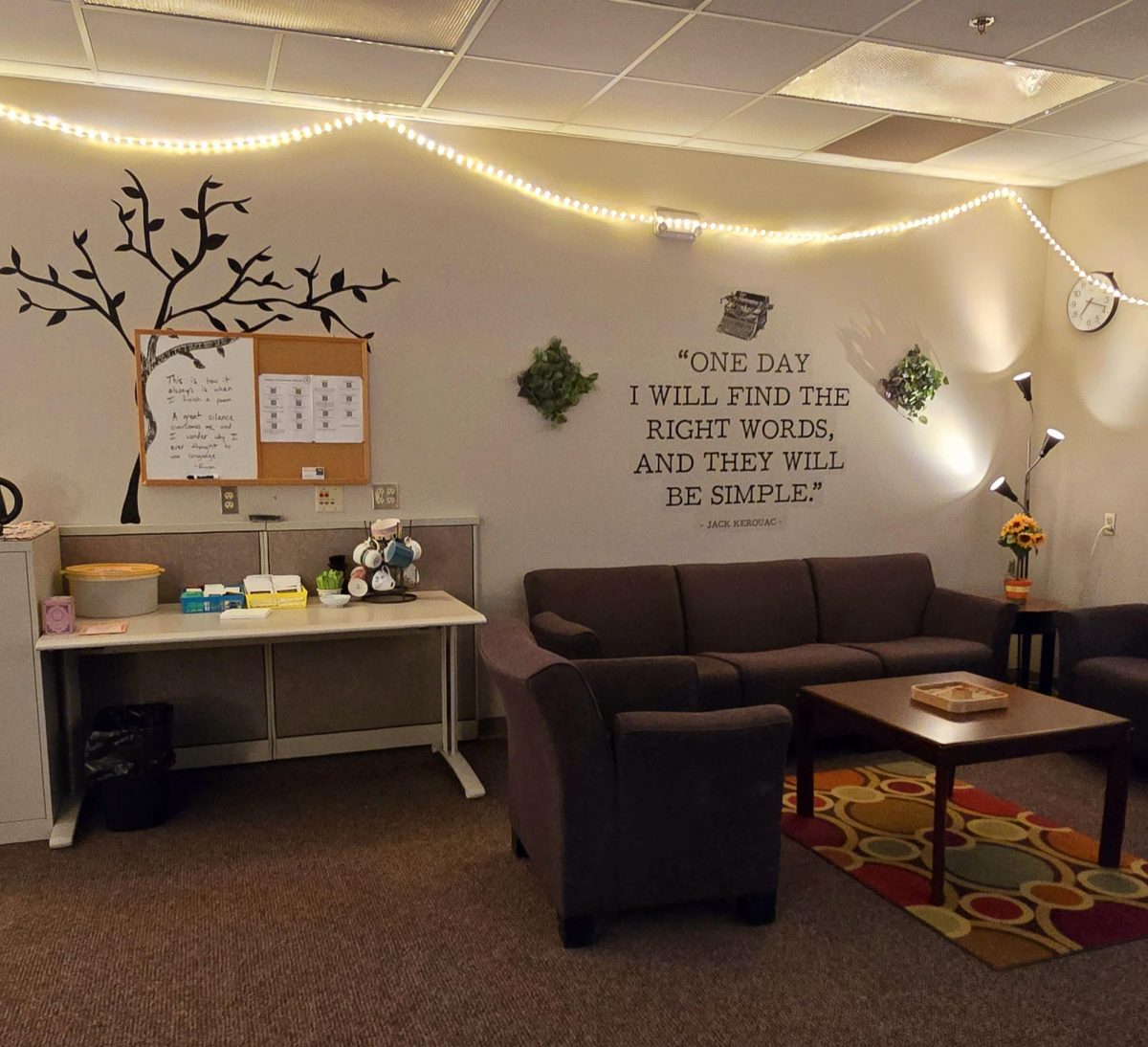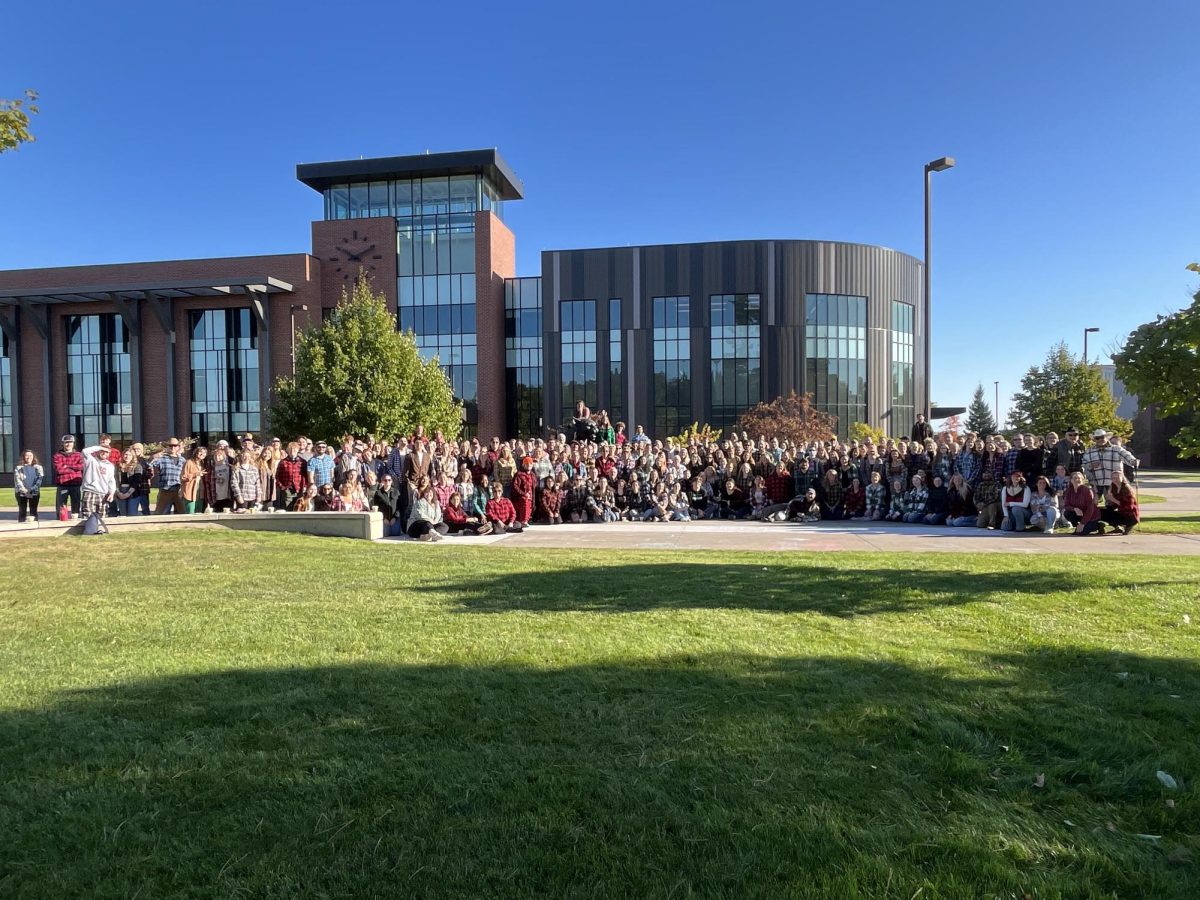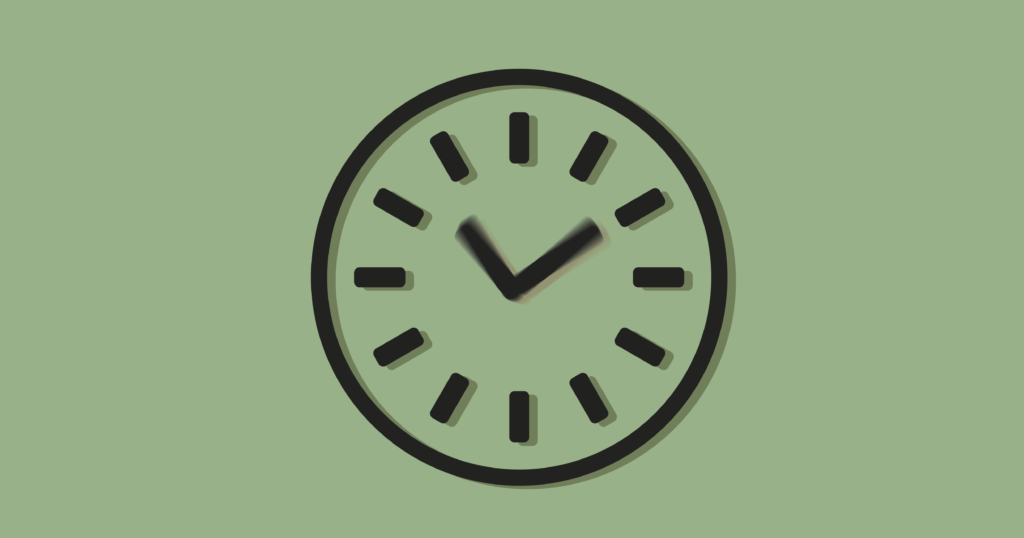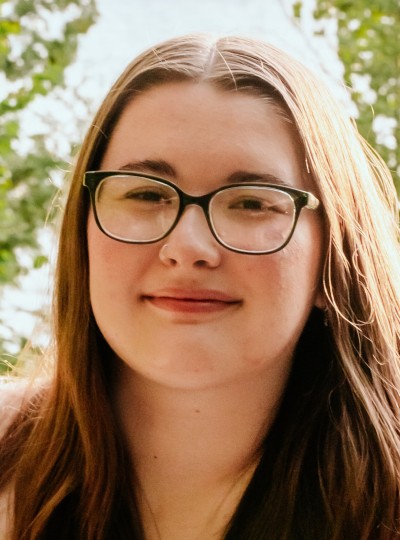Daylight Saving Time: The good, the bad and the ugly
March 23, 2023
Daylight saving time (DST) begins again. With the time recently changing on March 12 at 2 a.m., the practice of turning the clocks back and forth continues to be heavily debated in our country with questions like ‘why do we still have it?’ – ‘how does this benefit us?’ and ‘why are we so tired?’ – riddling American citizens.
Daylight saving time began March 12 and will end on Nov. 5 this year, springing most of the country an hour ahead, except for Hawaii and Arizona, because both places get plenty of daylight during the day that DST doesn’t really affect these states.
One hour may seem harmless, but it can have a big impact on our bodies and circadian rhythm, which is the body’s natural 24-hour biological cycle that includes our sleep-wake cycle and our wakefulness during the day. This means that when your body syncs with the sun’s clock you can feel more tired in the morning and awake in the evening.
By throwing off your circadian rhythm, you can also throw off your sleep homeostasis. This can pose a risk to someone’s sleep health along with a number of other things.
Jeannine Doyle, a freshman at Northern Michigan University, has struggled to adjust to the change.
“It is harder to go to bed earlier,” Doyle said. “I kind of have to force myself to go to sleep, and then waking up in the morning is definitely harder.”
Doyle also said that even though the time is different she still tries to go to bed around the same time to keep her same schedule.
Besides feeling tired, the first week of daylight saving time has been linked to other risks. According to Northwestern Medicine, during the daylight saving time shift, research shows a rise in cardiovascular disease, injuries – including a 6% spike in fatal car accidents – strokes, mental health, cognitive issues and immune-related diseases.
While some students at NMU do not seem to like daylight saving time, others have a different opinion. Emily Ross, a freshman at NMU, enjoys changing her clock for several reasons, including the fact that the color of the sky begins to align with the seasons.
“I like daylight savings time,” Ross said. “I like it when the sky gets darker at a later time.”
Daylight saving time is a hotly debated topic in the political realm, with Benjamin Franklin first mentioning it in 1784. The practice was eventually implemented during WWI to cut the use of energy used, which allowed the troops to conserve fuel for the war. However, the United States did not standardize it until 1966 with the passing of the Uniform Time Act.
Recently, daylight saving time was reintroduced at the federal level with legislation that would make it permanent, proposing an end to the biannual clock change. Last year, the U.S. Senate passed the Sunshine Protection Act, but is still stalled in the U.S. House of Representatives.
Ending daylight saving time could be beneficial in decreasing the risk of cardiac problems and strokes, in addition to the number of injuries and car accidents.
In the meantime, there are many ways to protect your circadian rhythm by keeping a good sleeping routine, getting at least a full eight hours of sleep, cutting out sleep disturbances – like caffeine, alcohol and blue light exposure before bedtime – and exercising.


